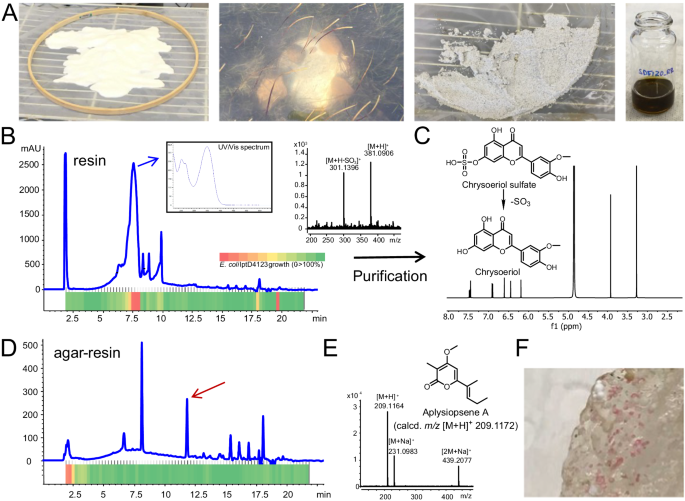2024-08-06 ミシガン大学
<関連情報>
- https://news.umich.edu/living-with-a-killer-how-an-unlikely-mantis-shrimp-clam-association-violates-a-biological-principle/
- https://peerj.com/articles/17753/
シャコガイの宿主内適応種分化は、共存ではなく生態学的排除につながる Within-host adaptive speciation of commensal yoyo clams leads to ecological exclusion, not co-existence
Teal A. Harrison, Ryutaro Goto, Jingchun Li, Diarmaid Ó Foighil
PeerJ Published: August 5, 2024
DOI:https://doi.org/10.7717/peerj.17753

Abstract
Symbionts dominate planetary diversity and three primary symbiont diversification processes have been proposed: co-speciation with hosts, speciation by host-switching, and within-host speciation. The last mechanism is prevalent among members of an extraordinary marine symbiosis in the Indian River Lagoon, Florida, composed of a host mantis shrimp, Lysiosquilla scabricauda, and seven host-specific commensal vasconielline “yoyo” clams (Galeommatoidea) that collectively occupy two distinct niches: burrow-wall-attached, and host-attached/ectocommensal. This within-host symbiont radiation provides a natural experiment to test how symbiont coexistence patterns are regulated in a common ancestral habitat. The competitive exclusion principle predicts that sister taxa produced by adaptive speciation (with distinct morphologies and within-burrow niches) are most likely to coexist whereas the neutral theory predicts no difference among adaptive and non-adaptive sister taxa co-occurrence. To test these predictions, we engaged in (1) field-censusing commensal species assemblages; (2) trophic niche analyses; (3) laboratory behavioral observations. Although predicted by both models, the field census found no mixed-niche commensal assemblages: multi-species burrows were exclusively composed of burrow-wall commensals. Their co-occurrence matched random assembly process expectations, but presence of the single ectocommensal species had a highly significant negative effect on recruitment of all burrow-wall commensal species (P < 0.001), including on its burrow-wall commensal sister species (P < 0.001). Our stable isotope data indicated that commensals are suspension feeders and that co-occurring burrow-wall commensals may exhibit trophic niche differentiation. The artificial burrow behavioral experiment yielded no evidence of spatial segregation among burrow-wall commensals, and it was terminated by a sudden breakdown of the host-commensal relationship resulting in a mass mortality of all commensals unattached to the host. This study system appears to contain two distinct, superimposed patterns of commensal distribution: (1) all burrow-wall commensal species; (2) the ectocommensal species. Burrow-wall commensals (the plesiomorphic condition) broadly adhere to neutral theory expectations of species assembly but the adaptive evolution of ectocommensalism has apparently led to ecological exclusion rather than coexistence, an inverse outcome of theoretical expectations. The ecological factors regulating the observed burrow-wall/ectocommensal exclusion are currently obscure but potentially include differential recruitment to host burrows and/or differential survival in “mixed” burrow assemblages, the latter potentially due to changes in host predatory behavior. Resampling host burrows during commensal recruitment peak periods and tracking burrow-wall commensal survival in host burrows with and without added ectocommensals could resolve this outstanding issue.


